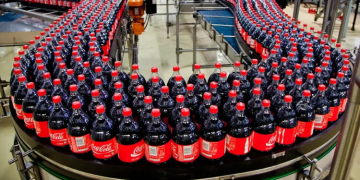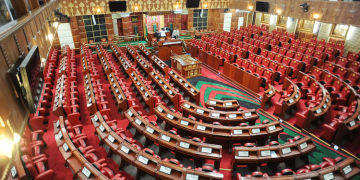The United Kingdom (UK) government has urged citizens to delete old emails and photos as part of efforts to conserve water amid a “nationally significant” shortage.
Helen Wakeham, the Environment Agency’s director of water, said that the move will help to preserve the health of the rivers and wildlife.
“We are grateful to the public for following the restrictions, where in place, to conserve water in these dry conditions,” she said.
“Simple, everyday choices – such as turning off a tap or deleting old emails – also really help the collective effort to reduce demand and help preserve the health of our rivers and wildlife.”
UK Govt Wants Citizens to Delete Old Emails and Photos
This year marks the driest January-to-July period in the UK since 1976.
“Five areas are officially in drought, with six more experiencing prolonged dry weather following the driest six months to July since 1976,” read part of the statement.
They further instructed that households adopt simple conservation habits, such as collecting rainwater, fixing leaks, reusing water for plants, and even deleting old emails and photos, noting that data centres require significant amounts of water to cool their systems.
Also Read: Governor Renting Water Machine at Ksh25,000 Per Hour
How Data Use Impacts Water Resources
An Oxford University study estimates that even a relatively small 1-megawatt data centre uses about 26 million litres of water annually.
“Every click, photo, and email stored online has a hidden water cost — data may be digital, but its footprint is deeply physical,” reads part of the report.
Further, the research stated that a vast amount of digital information we store and process — from emails and photos to apps and websites — is handled by data centres, which consume huge amounts of electricity and water to function.
- Cooling Needs – Servers in data centres generate intense heat and must be cooled to prevent damage. Many facilities use water-based cooling systems, spraying or evaporating millions of litres each year to keep temperatures down. A relatively small 1-megawatt data centre can consume 26 million litres of water annually.
- Indirect Water Use – Even more water is consumed indirectly through electricity generation. Power plants (fossil fuel, nuclear, and hydroelectric) require water to produce energy, meaning that the electricity used to run data centres also carries a large water footprint.
- Regional Water Stress – The impact depends on location. In areas facing drought, water use for data centres can compete with local needs. For instance, some regions in the western U.S. have more data centres despite facing higher water stress.
Also Read: UK to Deport Migrants Working Illegally as Food Delivery Riders
UK Cities In Drought
Drought has been declared in Yorkshire, Cumbria and Lancashire, Greater Manchester, Merseyside and Cheshire, East Midlands, and the West Midlands. Areas categorized as having had “prolonged dry weather” (the phase before drought) are: Northeast, Lincolnshire and Northamptonshire, East Anglia, Thames, Wessex, Solent, and South Downs.
Hosepipe bans are still in place for all Yorkshire Water customers, along with some customers of Thames Water, South East Water, and Southern Water.
Follow our WhatsApp Channel and X Account for real-time news updates.














































































